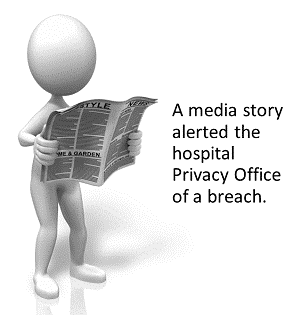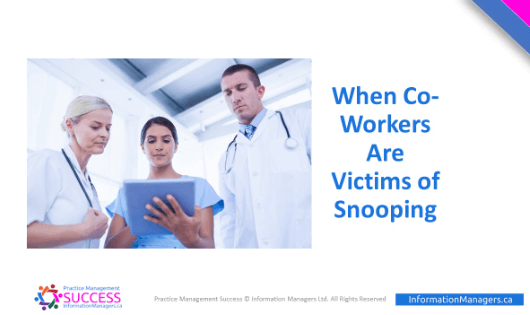
How Can Cyber Insurance Help Me In My Clinic?
Cyber Insurance Can Help Protect Your Clinic
Cyber insurance is a type of insurance that provides protection against cyber attacks, data breaches, and other cyber-related risks. With the increasing number of cyber attacks, many businesses and individuals are starting to consider purchasing cyber insurance. However, there are many misconceptions about cyber insurance that need to be addressed.
The Risk Of Cyber Attacks To Small Business Is Rising
One of the most common misconceptions about cyber insurance is that it is only necessary for large corporations. However, even small businesses and individuals are at risk of cyber attacks and data breaches. Cyber insurance can provide protection against the financial and reputational damage that can result from these events.
Helps to Mitigate Risk
Another myth is that cyber insurance is too expensive. While it is true that the cost can vary depending on the level of coverage, it is often more affordable than many businesses and individuals realize. In fact, the cost of a cyber attack or data breach can be much higher than the cost of cyber insurance.
You can reduce the cost of insurance when you also have other physical, administrative, and technical safeguards in place to prevent the risk of a cyber attack. Systems to help you readily identify an attack and incident response plan to recover your business quickly may help to lower your overall insurance costs, too.
Some people also believe that cyber insurance is unnecessary if they already have traditional insurance policies in place. However, traditional insurance policies typically do not provide coverage for cyber-related risks. Cyber insurance is specifically designed to address these types of risks and provide protection against the unique challenges of cyber attacks and data breaches.
In today’s digital age, it is more important than ever to be proactive in protecting ourselves against cyber risks.
Discover How Cyber Insurance Can Safeguard Your Practice
To help dispel some of these myths, myla.Training is excited to bring in an expert in cyber insurance, Sylvie Forget-Swim from Palladium Insurance, to share important information and answer your questions. Sylvie specializes in working with dental and medical professionals to ensure they have a proper understanding of both their commercial and personal insurance needs.
Want to Learn More?
Do you want more tips and resources like these – for FREE?
Join Anne Genge and Jean L. Eaton for the “Ask Me Anything” style webinar for healthcare professionals, practice managers, privacy officers, and owners on Friday, April 21, 2023 at 1pm EST.
Anne is the founder of Myla Training Co., and a multi-certified cybersecurity expert with global awards for her work in cyber risk management, ransomware prevention, as well as cybersecurity education for healthcare providers.
This month, we will be sharing what dentists need to know about cyber insurance.
It’s free to attend.
Once you register, you’ll have access to the Zoom link on the day of the event.









